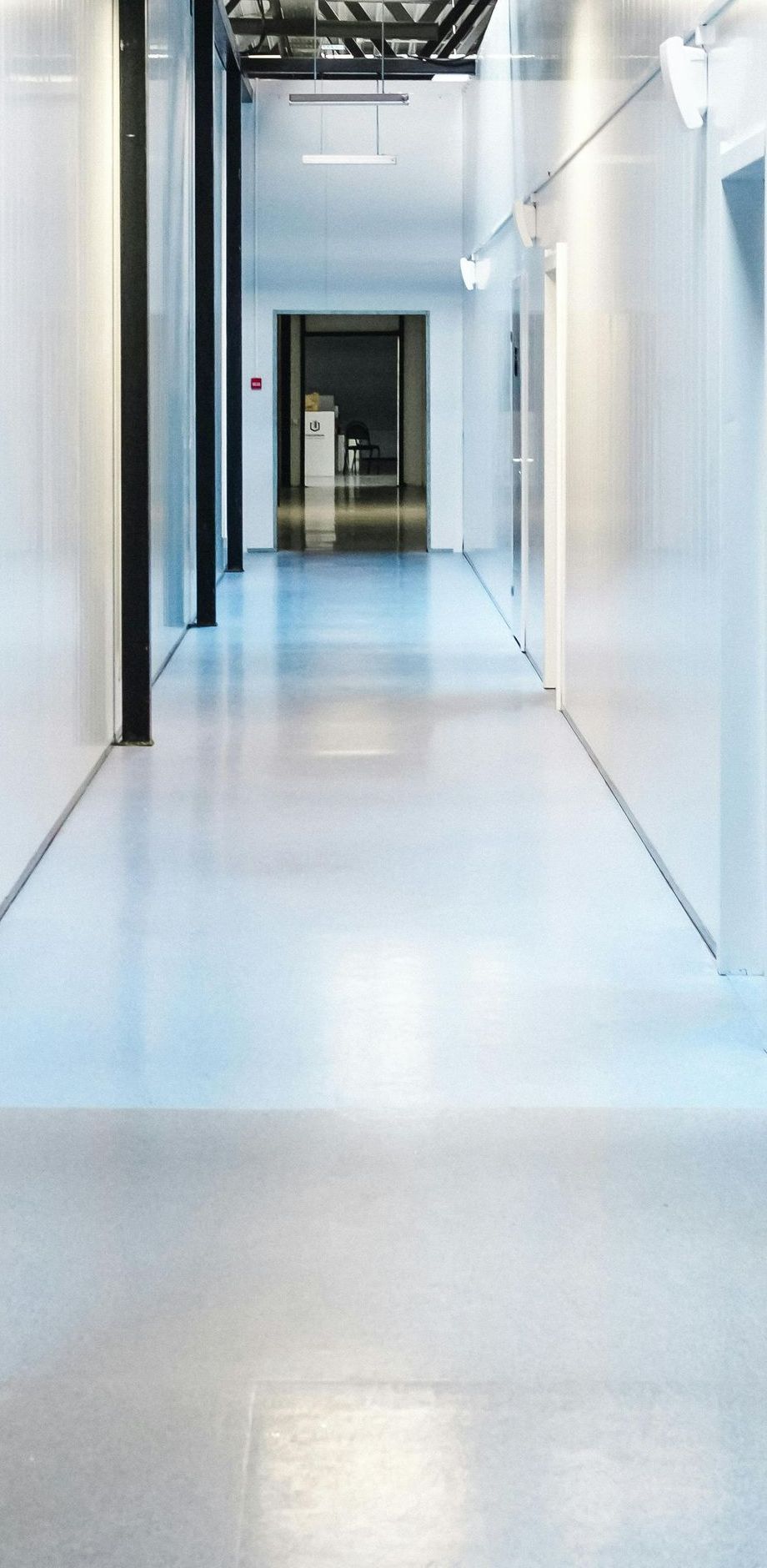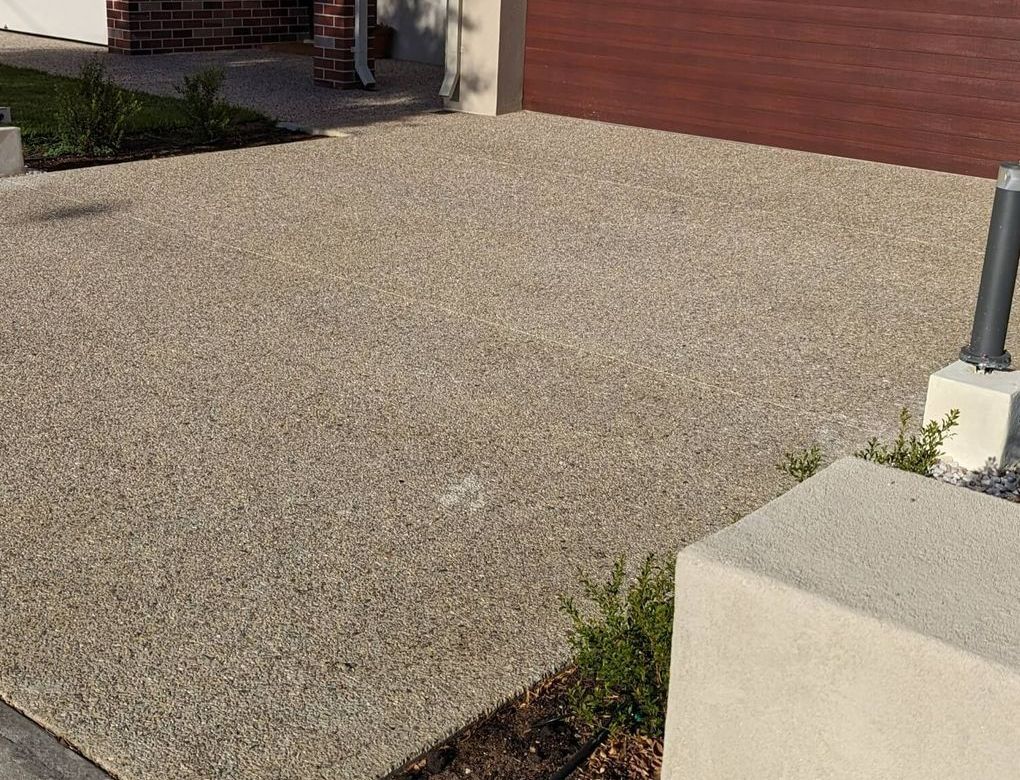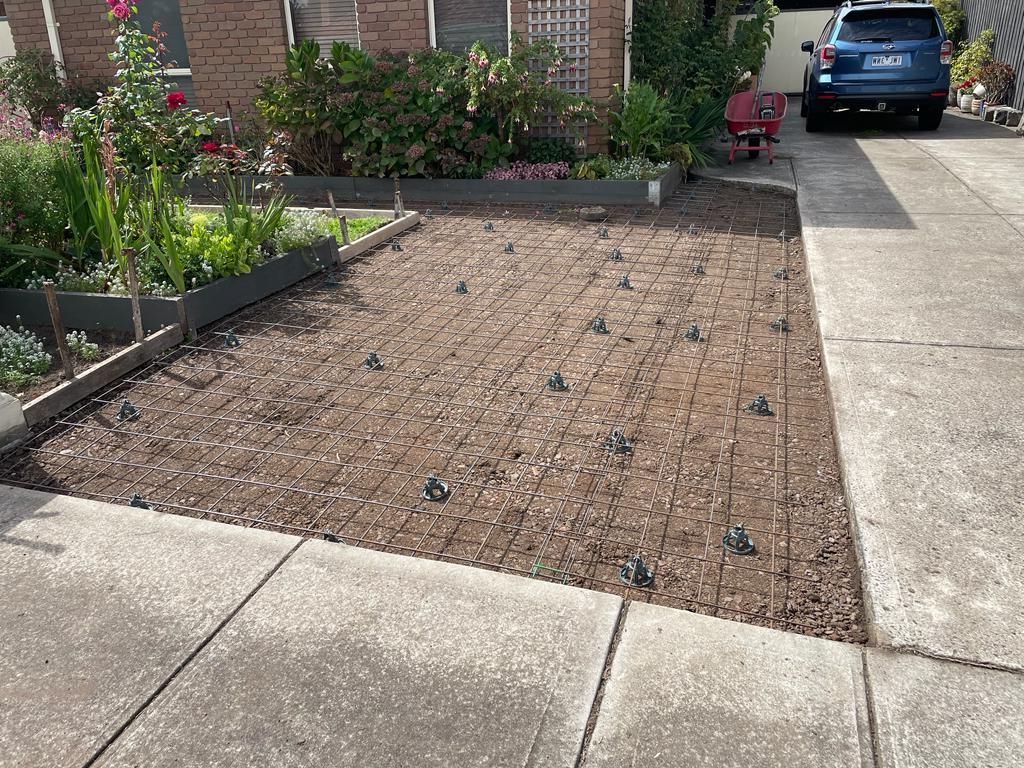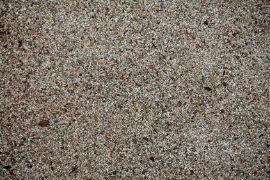The Importance of Concrete Curing - A Complete Guide

Concrete curing is an integral step in construction that ensures the strength, durability, and watertightness of a structure. The curing process entails keeping moisture levels within an acceptable range for an extended period to allow proper curing conditions to develop in a concrete body.
Improper curing practices reduce the strength gain of concrete and negatively affect construction quality, so home builders must implement correct curing practices on construction sites to prevent this issue.
Strength
Concrete curing is a crucial step in construction as it prevents moisture loss after the concrete has been placed and set, helping it achieve the strength and durability intended by its designers. Concrete curing ensures that moisture loss from cement mixture doesn't dry out too rapidly and achieves the strength & durability desired by its creators.
Curing concrete provides additional insulation from its environment, slowing the evaporation of water and preventing thermal shrinkage cracking. There are various techniques for curing concrete including spraying, impermeable membranes, ponding and wrapping in wet sand or hessian; each method aims to preserve its integrity while limiting water loss.
As it's both efficient and cost-effective, many contractors leave the formwork in place during the initial curing stage - this method can save both time and money. When temperatures become warm enough for curing to take place outdoors, moistening timber formwork may help stop it from drying out during the curing process. Any exposed concrete surfaces should also be covered with plastic sheeting to avoid sunlight or wind that could potentially cause damage.
Proper curing of concrete creates a harder surface that is better equipped to withstand abrasion, less prone to dusting and scaling and lasts longer. Site engineers & supervisors should ensure curing doesn't fall by the wayside as its neglect can have serious repercussions for the quality of the finished product.
Durability
Concrete that has not been properly cured will be weaker, more prone to cracking and breaking, and less resistant to freezing and thawing cycles. Proper curing enables cement hydration reactions to proceed smoothly so your mixture reaches all its designed properties more rapidly.
Early in the curing process - during the initial set - bleed water will rise to the surface of your concrete and evaporate faster than it rises, potentially leading to plastic shrinkage that can compromise its final strength and reduce its durability.
Misting concrete can help. by spraying five to ten times daily with water from a garden hose onto its surface, misting is an effective way of maintaining moisture in the concrete and delaying its evaporation. This technique is especially helpful during hot weather pours; just take caution not to create large temperature gradients between its surroundings and your pour area.
An alternative way of maintaining moisture content in concrete is covering it with materials that retain water, such as plastic sheeting or hessian fabrics. But these must not dry out completely as that could draw it out from within and cause cracking of the slab. An easier option would be using a curing blanket such as Engius' EZ Cure that holds moisture within it - such as their curing blanket!
Ease of Maintenance
Concrete that has been properly cured can outlive its expected lifespan, so it's crucial that if you want yours to outlive its anticipated lifetime then proper care must be taken during its curing phase to help it remain strong enough to withstand all elements.
One effective approach is "moist curing", wherein water is applied directly onto your concrete surface to keep it moist and prevent it from drying too rapidly, which could result in plastic shrinkage cracks. For best results, moist curing should take place for at least the first week after pouring and once or more daily thereafter.
An effective way of keeping concrete moist is using wet coverings such as hessian fabric or burlap that has been saturated with water, such as hessian fabric or burlap, to cover it. When in place, they should remain soaked to prevent them from drying out too quickly. It would also be prudent to protect it with waterproof membranes like plastic sheeting to safeguard it from potential damage during hydration processes and ensure temperatures do not become too hot or too cold when mixing concrete.
Aesthetics
When dealing with exposed concrete structures, it can be tempting to overlook the curing process; however, doing so could significantly compromise their strength and durability.
Curing involves maintaining the moisture content and temperature of your concrete to ensure its development in an ideal way. This process is crucial since concrete's strength depends on crystal formation from Portland cement reacting with water (known as hydration)--if this process takes too long it won't develop its full strength, but if it occurs too rapidly it won't have time to mature fully either way.
Temperature plays a key role during curing because it determines the rate at which your concrete remains hydrated. Because hydration occurs at the surface level, hot temperatures speed up this process while cooler environments slow it down significantly.
Due to this reason, you must know when and how best to cure your concrete. Doing this in ideal conditions ensures maximum strength and durability of the structure you create; avoid common errors to achieve this objective successfully and efficiently - then enjoy long-lasting and enduring structures created from concrete!
Contact us today at 03 9118 0604 for your concrete installation.
Contact Form









